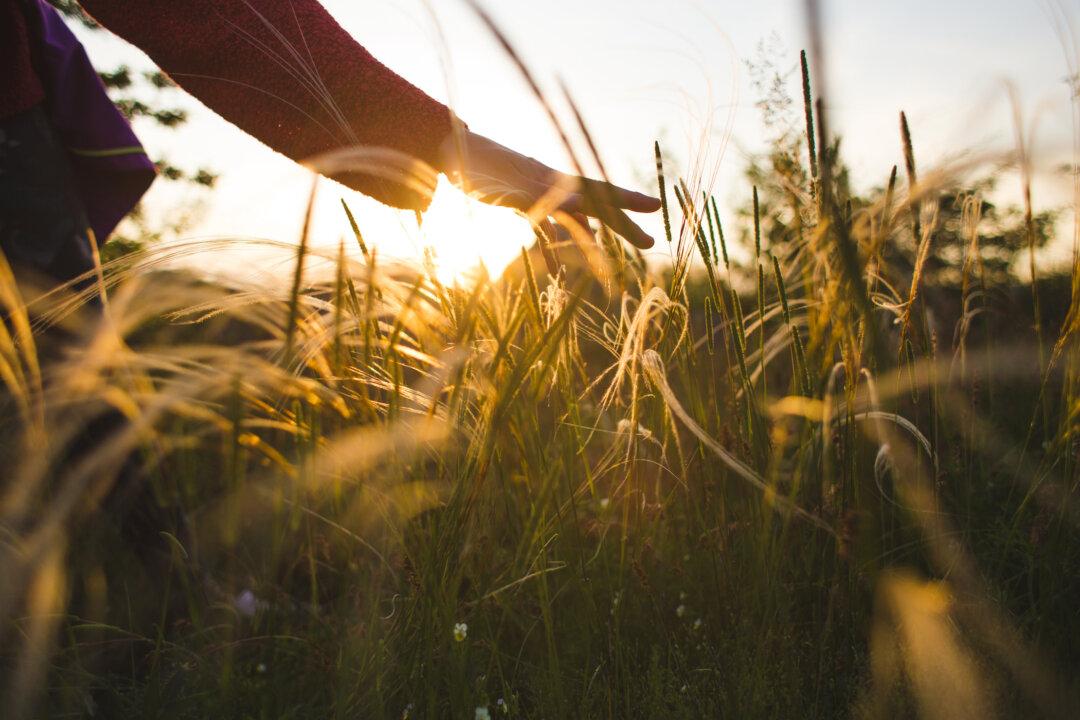The house I grew up in had a small kitchen garden. Throughout the spring and summer, we could walk right out the kitchen door and pick basil, mint, or parsley. Our pets liked the garden too, and on warm summer days, we would find one of the cats passed out under the catnip plant. Our little garden was quaint and attractive, enclosed by a stone wall and bordered by peony plants and shaded by a golden chain tree.
The plant I remember the best, however, was the forsythia bush that grew outside the kitchen door, right against the house. During the cold days of March when spring was something we still dreamt about, the forsythia would begin to bloom. It could be gray and snowy out, but we knew spring was coming, because right outside the door there was a sign. Small, bright yellow flowers began to show themselves, reassuring us that the cold weather wouldn’t last forever.





